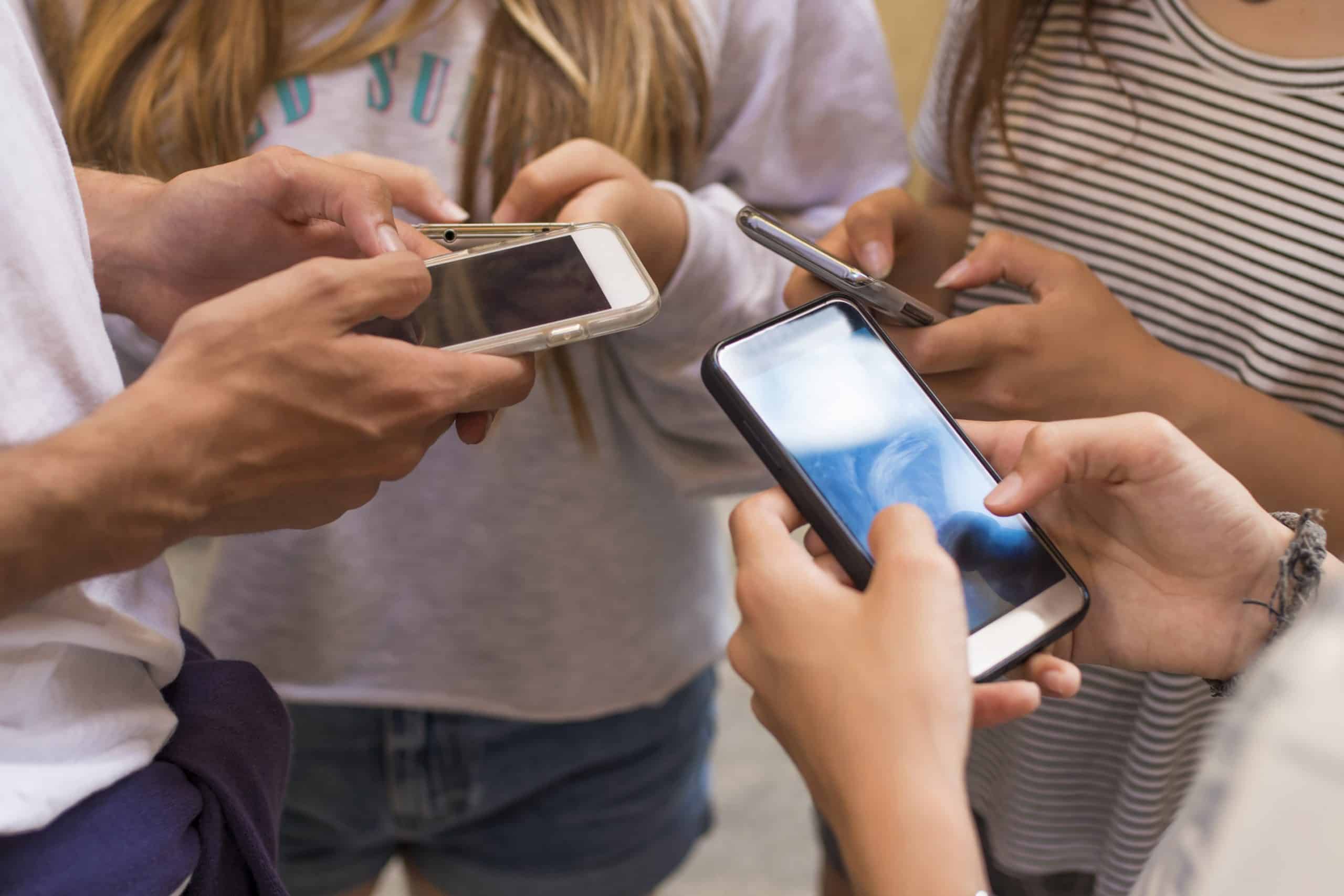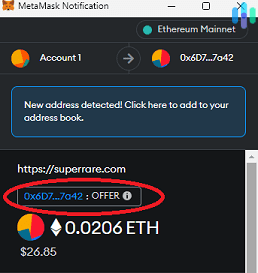Keep Out Of Children’s Reach: The 4 Most Dangerous Apps for Kids
Not all apps are as child-friendly as they seem.
It’s our responsibility as parents to give our children certain amounts of freedom as they grow up. One of the biggest is the freedom to have their own smartphone.
Of course, it’s also our responsibility to set boundaries that will keep them safe. So when you hand your kid their first smartphone, it’s vital to let them know upfront that there are apps not yet suitable for them. These apps contain potential dangers as well as themes and features not appropriate for minors. Sometimes, it’s not even that the app itself is dangerous; it’s the people on the app that should give us a pause.
Here, our digital safety experts go over four dangerous and inappropriate apps you must not let your kids download.
1. Snapchat: Disappearing Messages Create the Wrong Mindset
Snapchat is a social messaging app popular among highschoolers and college students, but it shouldn’t be used by young kids in the first place. Snapchat’s terms of service says that a user must be at least 13 years old to join. That said, it might be too unsafe even for teenagers. As a messaging app, it could expose your teenager to dangers like online predators and scammers. Cyberbullying is also a common theme on Snapchat.
Of course, all that is true for most social messaging apps, but Snapchat has one feature that’s especially concerning. This feature happens to be what propelled Snapchat to popularity – disappearing messages.
Snapchat messages disappear after a period of 24 hours, or with the correct settings, right after they have been read. That itself is not problematic, but when you think of the fact that making bad decisions is a staple of adolescence, well, you’re probably not going to want to let your kid use the feature.
>> Further reading: Is Snapchat Safe?
It’s easy for teenagers to make bad decisions when they think no one is going to find out, and disappearing messages provide the perfect cover. What they may fail to realize is that it’s so easy for the person on the other line to save receipts of their conversations. A single screenshot can literally ruin someone’s life.
Moreover, Snapchat provides the perfect venue for the wrong things to go viral. In one example shared by TeenVogue, Hayley, who was 18 at the time, had her topless photos shared on Snapchat by her boyfriend. In less than an hour, the photos had circulated through most of her classmates.
Don’t let your child be another cautionary tale; keep Snapchat out of their reach until they’ve matured.
Further Reading: Social media brings a lot of good in our lives, but could social media be ruining your life too? There’s no denying the distraction it causes, not to mention the self-esteem issues that stem from constantly comparing ourselves to others.
2. Discord: Bad Influences Everywhere
Here’s another app that’s not inherently dangerous but is unsafe for kids because of what it contains – Discord. As a social media platform, Discord connects users to like-minded people who share the same interests and hobbies. It’s like a hobby-oriented version of Slack. Anything from video games to art projects, there are communities (called “servers”) you can join for your hobbies.
Sounds wholesome enough? It does, and because your child will be able to connect with people who share their interests, teenagers might even pick up good skills from Discord. That’s not all they can pick up, though. There are servers on Discord specifically for NSFW (and certainly not safe for kids) topics. And from what we saw, many of them aren’t picky on who they let join.
We created a fake account, and even though we put in 2009 as our birth year, Discord didn’t seem to mind that we were joining servers with the NSFW tag. And Discord is an app that allows anyone 13 years or older to join. You would think they’d be more careful not to let minors see NSFW content, but no.
We also saw servers with content about illegal drugs, stolen identities, blackhat hacking, and other illegal activities.
Discord is the digital equivalent of a sketchy neighborhood. It’s not all bad, but the chances of your teenager running into something disturbing is high. Will you let your precious little one walk down the Discord street?
FYI: As of May 2022, at least 22 percent of Discord users belong to the 16-to-24-year-old age demographic. However, according to Discord’s terms of service, anyone over the age of 13 can join the platform.
3. Hoop: Dating App That Allows Minors? A Big NO!
It’s never a good idea to let minor-aged teenagers use dating apps, and if that app allows both adults and minors to join, that’s a double red flag.
That’s exactly what Hoop is, although in this case, it’s advertising itself as a social media app where users can make new friends. That’s why it’s rated safe for teenagers on the Google Play Store and 12+ on the Apple App Store.
The truth, however, is that Hoop is a dating app camouflaging as a social app. It’s like Tinder meets Snapchat. Users can scroll through profiles of other Hoop users, and if they find one they want to interact with, a simple press of a button connects them through Snapchat.
You can see how that’s dangerous for our teenagers, right? Even if they don’t actively seek friends through Hoop, other users can see their profiles and try to connect with them. Side note: Letting them put their personal information (name, age, birthday, etc.) on social apps can increase your child’s chances of falling victim to identity theft. (Read our identity theft guide for more information.)
It’s also very easy to create a fake profile, so even if your teenager reasons that they would only connect with same-aged users, it’s still very possible for them to meet online predators.
Just err on the safe side and make Hoop off-limits, at least until they are old enough to pick who to date because, as mentioned, Hoop is a dating app.
4. Yarn: A Not-So-Innocent Reading App
This last one is a bit of a curveball. We all want our kids to spend more time reading than playing video games or using social media. However, there’s one reading app you shouldn’t let them download. It’s called Yarn, and it’s not your typical reading app.
Yarn is a reading app much like Wattpad, but instead of e-books, stories on Yarn are told as chat conversations. They are told in imaginative ways where the reader feels like they’re snooping through other people’s phone chats.
The problem with Yarn is that not all stories are teenager-friendly; in fact, some of them may even encourage appropriate behavior, like being flirty with a crush or even texting lewd messages. There’s even an entire genre of explicit stories where details about fictional sexual encounters or illegal activities are told, complete with pictures and videos. It’s definitely not the reading app you want to encourage your kid to use.
Yarn is proof that “dangerous apps” come in all shapes and sizes. Even apps that may seem innocent at first can actually be harmful to our children. So this is a reminder to be more alert when vetting which apps we allow our kids to use.
A Final Piece of Advice
The Google Play Store and Apple App Store have millions of apps on them, not to mention downloadable installers from third-party sources. Try as we may, we can’t list all the apps that pose dangers to our teenagers and kids.
So what should we do? One thing we’ve proven effective is the use of parental control software to monitor and control how our kids use their smartphones. It’s like the safety gates we used to use when they were little. We put those safety gates up not to take away their freedom, but to keep them from falling down the stairs. In the same way, parental control software doesn’t take away their privacy and their freedom to use their smartphones; rather, it prevents them from falling down the slippery slope of dangerous smartphone use and into the hands of a predator.





